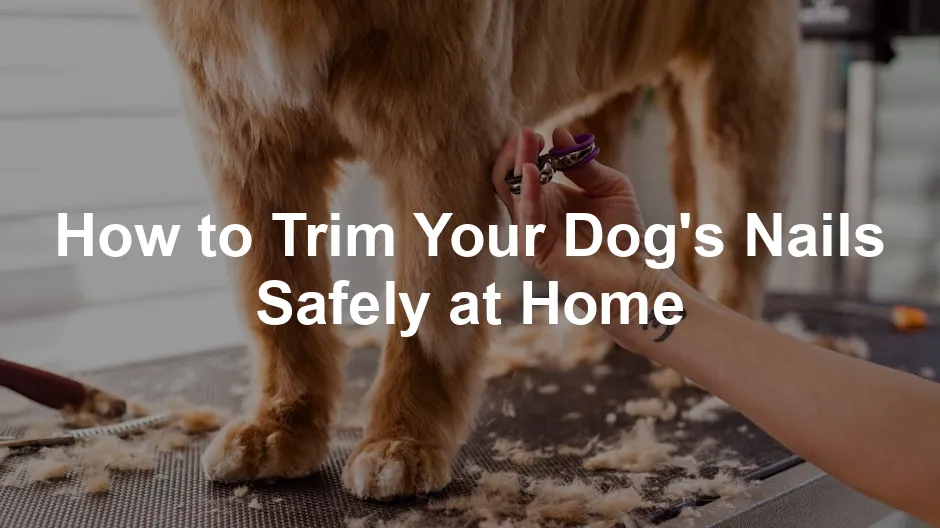Introduction
Trimming your dog’s nails can feel like a daunting task, but it doesn’t have to be! Many pet owners dread the thought of cutting their furry friend’s nails, but with the right techniques and a little patience, it can be a stress-free experience for both you and your pup. Not only does regular nail trimming prevent potential pain and discomfort for your dog, but it also helps maintain their overall health. Think of it as a little pedicure that every dog deserves!
Imagine your dog’s nails curling into the ground like a corkscrew. Yikes! Long nails can lead to painful splayed feet and joint issues. That’s why it’s crucial to keep those claws in check. As intimidating as it may sound, nail trimming is a skill you can master. With a few tips and tools, you’ll be slicing through those nails like a pro!
For starters, consider investing in professional dog nail clippers. They make the process smoother and safer for your furry friend. With the right tools, you’ll be a nail-trimming ninja in no time!
In this guide, we’ll walk you through the best practices for trimming your dog’s nails safely at home, ensuring you both feel confident and comfortable throughout the process. We’ll cover everything from preparing your dog to the tools you’ll need. So, grab those clippers (or grinder), and let’s get started! Your dog will thank you with every wag of their tail.
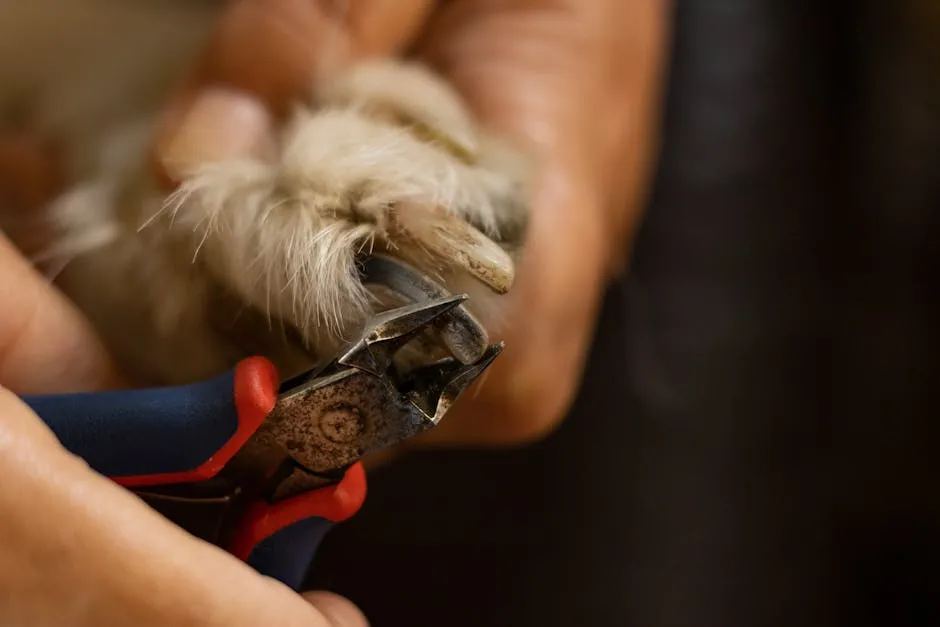
Summary
In this comprehensive guide on how to trim your dog’s nails safely at home, you’ll discover key techniques and best practices to ensure a smooth experience. We’ll cover essential training tips to prepare your dog, the best tools to use, and step-by-step instructions for trimming various types of nails. You’ll learn how to recognize when your dog’s nails are too long, the importance of regular trimming, and how to handle any accidents that may occur during the process. This article will spark your curiosity about the many ways to keep your dog healthy and happy, and empower you to take on the nail trimming task with confidence.
Preparing for Nail Trimming
Why Nail Trimming is Important
Keeping your dog’s nails trimmed is vital for their health and happiness. Long nails can cause pain, infections, and mobility issues. When nails grow too long, they can split or break, leading to even more pain and discomfort. Imagine your poor pup trying to walk on those talons!
Regular trimming also helps prevent joint issues. Over time, long nails can alter your dog’s gait, putting unnecessary strain on their joints. This is especially important for older dogs or those with existing health problems. By trimming your dog’s nails regularly, you’re not just maintaining their appearance; you’re promoting their overall well-being.
Don’t forget to reward your pup with some training treats. They’ll appreciate the tasty incentive, and you’ll build a positive association with nail trimming!
Getting Your Dog Comfortable
Getting your dog accustomed to nail trimming from a young age is key. Start by handling their paws gently and often. Make it fun! Offer treats and praise to create a positive association. Introduce the clippers gradually, allowing your dog to sniff and investigate them.
Why not make it a game? You could let your dog lick peanut butter off a mat while you handle their nails. Before you know it, they’ll be begging for their “paw-dicure.” Consistency is crucial—practice short sessions frequently, and don’t rush the process.
If your dog struggles, take a break and try again later. Patience is the name of the game! By making nail trimming a normal part of your dog’s routine, you’ll help them feel more relaxed and cooperative when it’s time for their next trim.

Tools You Will Need
Trimming your dog’s nails requires the right tools to make the job easier and safer. Think of it as gearing up for a mini home grooming session! Here’s a quick rundown of what you’ll need.
Different Types of Nail Clippers
1. Guillotine Clippers: These are shaped like a guillotine (hence the name), featuring a hole where you insert the nail. When you squeeze the handle, a blade moves down to cut the nail. They can be tricky for beginners but are effective if used correctly.
2. Scissor Clippers: Resembling small scissors, these clippers are ideal for larger dogs or those with thicker nails. They allow for a better angle and control, making them user-friendly for novice groomers.
3. Nail Grinders: If you’re looking for a smooth finish, nail grinders can be your best friend! These electric tools file down the nail gradually, reducing the risk of cutting the quick. Just be careful—some dogs may find the noise unsettling!
Each type has its pros and cons, so choose one that feels comfortable in your hand and suits your dog’s nail type. And don’t forget to check out this electric pet nail file for that perfect finish!
Styptic Powder: Your Safety Net
Even the best groomers make mistakes. If you’re nervous about cutting too short, keep styptic powder handy. This little miracle worker is used to stop bleeding if you accidentally clip the quick—the sensitive area inside the nail. Just sprinkle a bit on the bleeding nail and apply gentle pressure. Voilà! The bleeding should stop shortly.
Having these tools ready can transform a potentially stressful experience into a manageable one. Now that you’re equipped with the right gear, let’s move on to the step-by-step guide for trimming your dog’s nails safely at home. And don’t forget to grab some styptic powder to keep in your grooming toolkit!
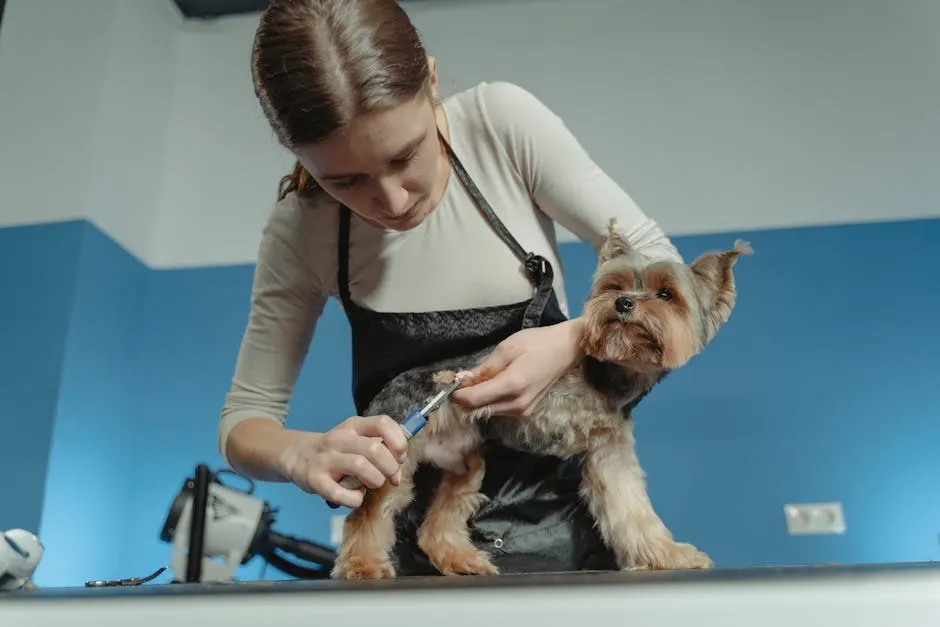
Step 4: Rewarding Your Dog
Trimming nails can be a nail-biting experience—pun intended! So, let’s make it a little sweeter. After each successful clip, shower your dog with treats and praise. This creates a positive connection. Think of it as a mini celebration after conquering a small mountain!
Start with one nail at a time. As your pup gets more comfortable, gradually increase the number of nails you trim per session. Maybe today it’s two nails, and next week, aim for four. Small victories lead to big wins! Remember, your dog’s tail should be wagging, not tucked in fear. Keep it light, fun, and rewarding.
Handling Dew Claws
Ah, the elusive dew claw! This little nail can be a sneaky troublemaker if overlooked. Dew claws are those odd nails located higher up on the paw, and they don’t wear down like regular nails. Regular trimming is essential to prevent them from growing into the skin, causing pain, and leading to potential infections.
When trimming dew claws, use the same technique as for regular nails. Just be cautious not to trim too close to the quick. A good tip: gently flex the leg to expose the dew claw for a better angle. Treat these little guys with care; they’re not just for decoration!
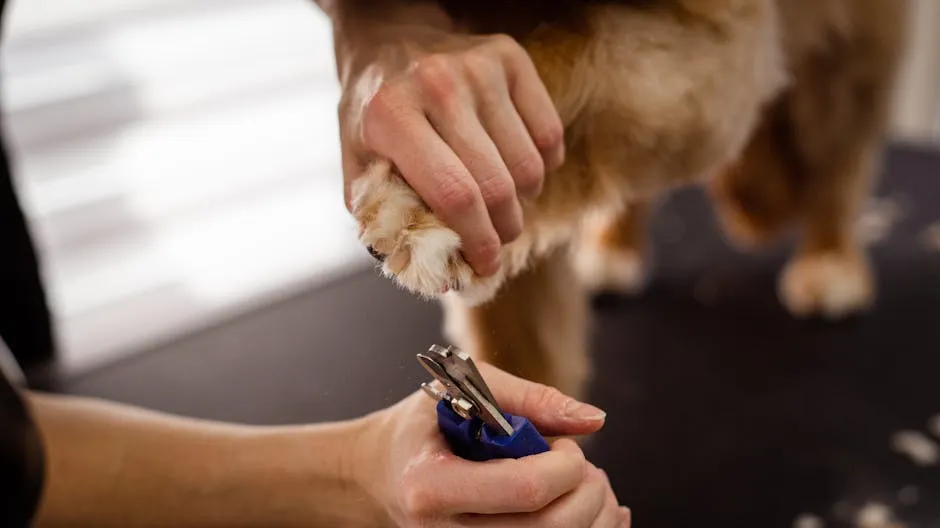
What to Do If You Cut the Quick
Oh no! If you accidentally cut the quick, stay calm. Your dog will pick up on your anxiety, and we want to keep this a positive experience. First, apply gentle pressure to the nail with a clean cloth or tissue. This can help slow the bleeding.
Next, grab that styptic powder you should have handy! Sprinkle some on the bleeding nail and apply slight pressure. If you don’t have styptic powder, cornstarch or flour can serve as alternatives. Just keep it pressed until the bleeding halts, which should happen within a few minutes.
If the bleeding doesn’t stop after 30 minutes, it’s time to call your vet. They can help ensure everything is alright. Remember, accidents happen! Your pup will forgive you—especially when you follow up with a treat. Speaking of treats, consider getting a treat dispensing ball for fun and rewarding games!
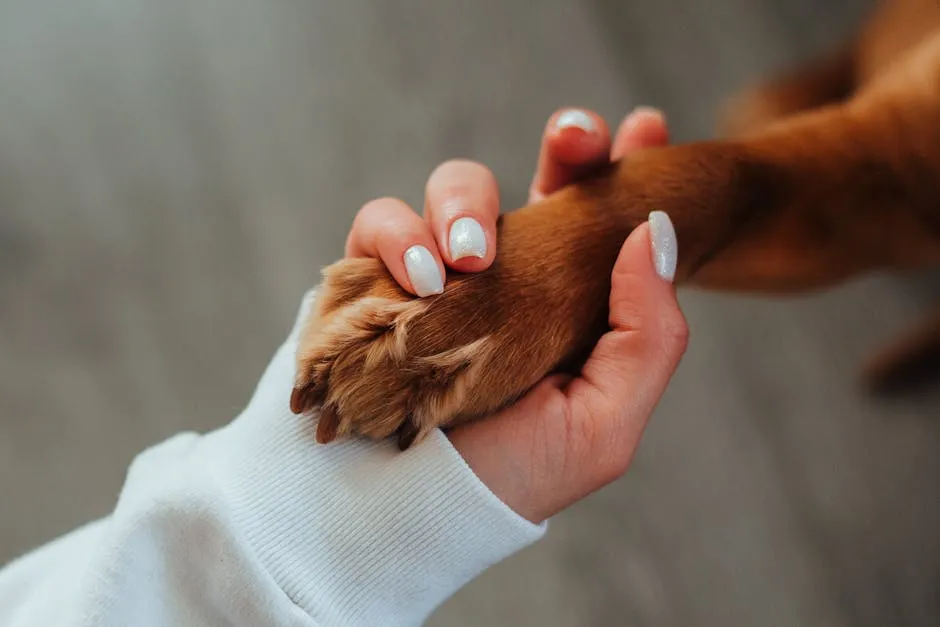
Aftercare and Maintenance
Nail trimming isn’t a once-a-year affair, my friend! Depending on your dog’s activity level, you’ll want to trim their nails every 3 to 4 weeks. Active dogs that spend time on hard surfaces may need less frequent trims, while couch potatoes may require more attention. Keep an eye (and ear) out for signs that it’s time for a trim.
If you hear that tap-tap-tap on the floor, it’s time to take action! Other signs include visible curves in the nails or if your dog starts to avoid walking on certain surfaces. Long nails can be painful, leading to joint problems or even mobility issues over time.
Regular nail checks can save your pup from unnecessary discomfort. So, make nail trimming part of your grooming routine and keep your furry friend feeling great! And don’t forget to pamper them with some dog water fountain to keep them hydrated!
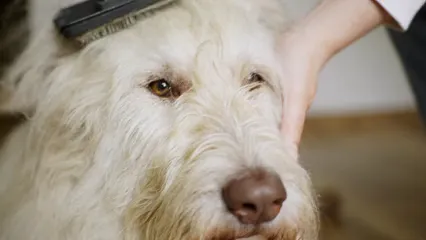
FAQs
How often should I trim my dog’s nails?
The frequency of nail trimming varies based on several factors. For most dogs, a trim every 3 to 4 weeks is sufficient. However, active dogs that spend plenty of time on hard surfaces may need less frequent trims. For smaller or less active breeds, more regular attention is essential to prevent overgrowth. Pay attention to your dog’s nails—if you hear clicking on the floor, it’s time for a trim!
Can I use human nail clippers?
While it might be tempting to grab those human nail clippers, it’s not the best idea. Dog-specific clippers are designed to handle thicker nails and provide a cleaner cut. Human clippers can crush the nail instead of cutting it, leading to pain and discomfort for your pup. Investing in proper dog nail clippers will make the process easier and safer for both of you. Stick to the tools designed for the job!
What if my dog hates nail trimming?
Not every dog is a fan of nail trimming. If your pup squirms and tries to escape, you’re not alone. Here are some tips to make nail trimming less of a nightmare. Start with Familiarization Introduce your dog to the clippers or grinder slowly. Let them sniff and investigate. Treats are your best friend here! Pair the sight of those clippers with delicious snacks. This creates a positive association. Short Sessions Keep nail trimming sessions short. Start with just one nail, and reward your dog after each successful clip. If they seem stressed, stop and try again later. It’s all about building trust. Choose the Right Time Trim your dog’s nails after a long walk or play session. A tired dog is more likely to cooperate. If all else fails, consider hiring a professional groomer. They have the skills to tackle anxious pups without a fuss.
Are there any risks associated with DIY nail trimming?
DIY nail trimming is great, but it’s not without risks. If you’re not careful, you could accidentally cut into the quick—the sensitive part containing blood vessels and nerves. This can lead to painful bleeding. Common Issues If you cut too close, your dog may yelp and pull away. This not only hurts your pup but can also make future trims more challenging. Another risk? Overgrown nails! If you let them go too long, they can split, leading to infections. Mitigation Strategies To mitigate these risks, always have styptic powder on hand. This can help stop any bleeding quickly. Additionally, if you’re unsure about trimming, consult a vet or a professional groomer for a demonstration. It’s better to be safe than sorry!
Can I use a nail grinder instead of clippers?
Absolutely! Nail grinders are a popular alternative to traditional clippers. They can provide a smooth finish and reduce the risk of cutting the quick. However, like everything, they have their pros and cons. Pros Grinders allow for gradual trimming, which can be less intimidating for some dogs. They also create less chance of splitting the nail. Plus, who doesn’t love a smooth, polished look? Cons On the flip side, grinders can be noisy and may scare some dogs. They also take longer than clippers, which can test your patience. For dogs with thick nails, a grinder might struggle to keep up. Choosing between clippers and grinders comes down to your dog’s personality and your comfort level. Mix it up! Experiment to see which method works best for your furry friend.
Please let us know what you think about our content by leaving a comment down below!
Thank you for reading till here 🙂 And remember, for those hot summer days, a dog cooling mat can be a lifesaver for your furry friends!
All images from Pexels

